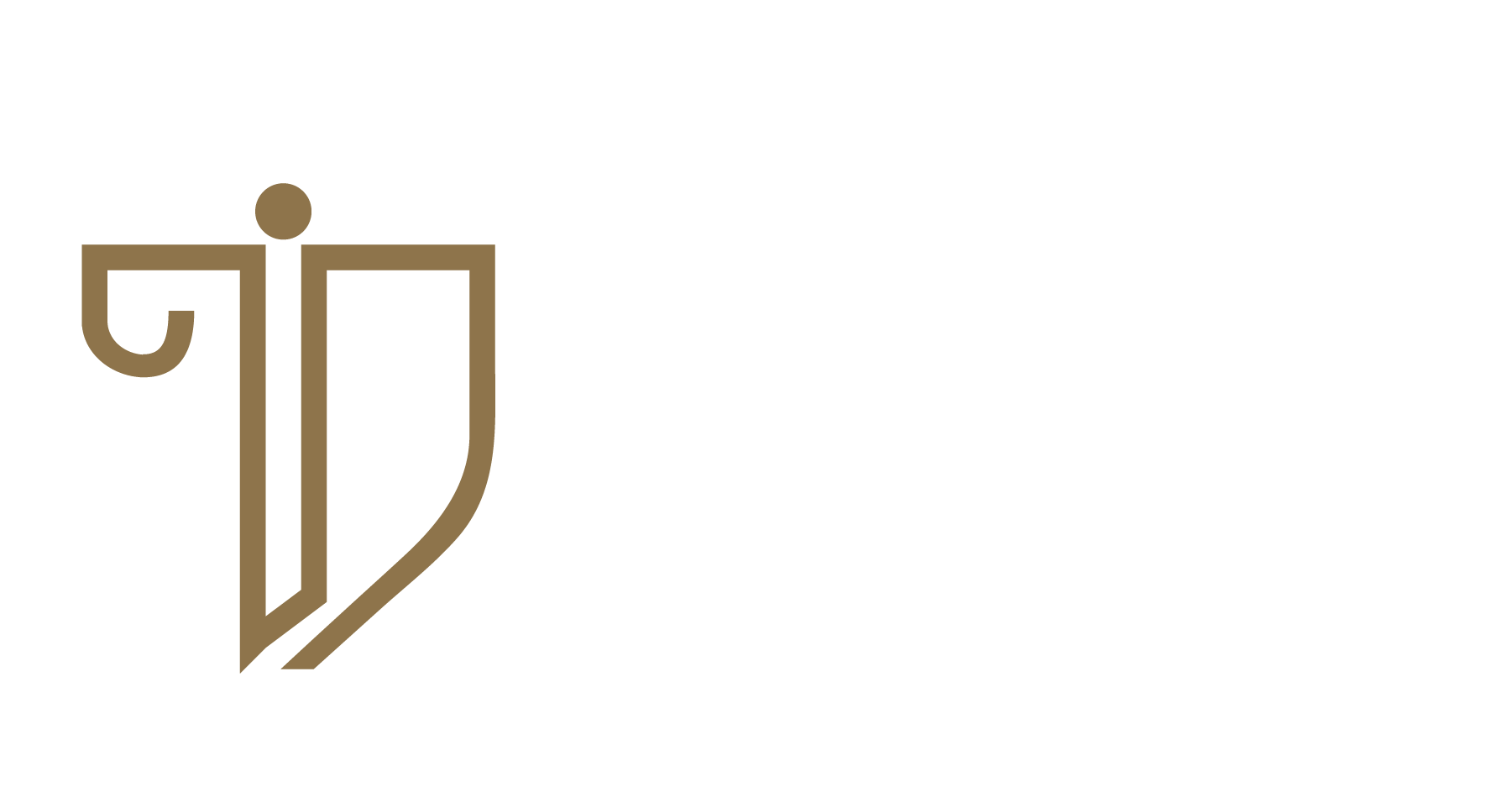CALL TODAY (855) 387-2963
What Is Preponderance of Evidence
Preponderance of Evidence is a standard of proof used in most civil trials, including family law cases. This standard is met when a party convinces the court that there is a greater than 50% chance that their claim is true. It is a lesser standard of proof compared to criminal law standards, emphasizing the likelihood over the certainty of a claim being true.
Unlike "Beyond a Reasonable Doubt," the highest standard used primarily in criminal trials, Preponderance of Evidence does not require the proof to be so conclusive. "Beyond a Reasonable Doubt" demands a high level of certainty, as it deals with the potential deprivation of personal liberties in criminal cases. In contrast, Preponderance of Evidence is used in civil cases where the stakes, typically involving property or personal rights rather than freedom, are considered lower.
How is Preponderance of Evidence Applied in Personal Injury Cases?
The application of this standard can be somewhat subjective, as it involves weighing the evidence to see which side is more convincing. For example, in a car accident case, if the plaintiff alleges that the defendant ran a stop sign leading to the accident, the plaintiff must prove, through evidence such as witness testimony and documents, that it is more likely than not that the defendant breached their duty to drive safely.
It's important to note that in certain situations, a higher standard of proof, known as "Clear and Convincing Evidence," might be applied. This standard is used in cases involving fraud, claims for punitive damages, potential loss of parental rights, restraining orders, requests to withdraw life support, and in matters concerning wills or conservatorships. Under this standard, the evidence must be substantially more convincing than in the Preponderance of the Evidence standard.
For
personal injury cases, having legal assistance can be crucial. Family Matters Personal Injury Lawyers specializes in personal injury law and can provide the necessary guidance and representation. They understand the types of evidence needed to meet the burden of proof and can help advise on the best course of action in a personal injury case.
Key Aspects of Preponderance of Evidence in Personal Injury
- Nature of the Standard: It requires the evidence to tilt in favor of the plaintiff’s argument, showing that there is a greater than 50% chance that the claim is true.
- Application in Case Types: This standard is applied in various personal injury cases, including car accidents, slip and fall incidents, medical malpractice, and more.
- Evidential Requirements: The plaintiff must present evidence that makes their version of events more probable than not. This could include witness testimonies, medical reports, expert opinions, and other relevant documentation.
- Role in Decision Making: Judges or juries weigh the evidence presented by both parties. The side with the more convincing and substantial evidence, meeting the preponderance threshold, usually prevails.
- Comparative Fault Considerations: In some instances, the defendant may argue comparative fault, suggesting that the plaintiff shares some responsibility for the incident. The standard of Preponderance of Evidence applies to these claims as well.
- Importance of Legal Representation: Given the nuances of presenting and arguing evidence effectively, legal representation becomes crucial.
How Family Matters Law Group Can Assist You
Family Matters Law Group,
injury attorneys, stand as a reliable ally in navigating the intricacies of family law cases where the standard of Preponderance of Evidence is crucial. We offer comprehensive legal support, ensuring that the evidence in your case is meticulously presented and effectively argued to meet this standard. Our commitment to detailed case analysis and client-focused advocacy positions us as a valuable resource for those facing personal injury disputes, where the balance of evidence can significantly impact the outcome.
Hours:
Mon. - Thurs:
9:00am - 5:00pm
Friday:
9:00am - 1:00pm
Saturday - Sunday: Closed
Personal Injury Quick Links
This website is a public resource of general information concerning our law firm and not intended to be a source of legal advice. Family Matters Law Group, P.C. intends to provide up-to-date, current, and correct information, however it does not guarantee, promise or assert that the information is as such. The information is not intended to create, and receipt of it does not constitute, an attorney-client relationship. Internet subscribers and online readers should not act upon this information without seeking professional counsel. You should consult an attorney for individual advice regarding your own situation. Links on this website are not intended to be referrals or endorsements of the linked entities. Family Matters Law Group, P.C. expressly disclaims all liability in respect to actions taken or not taken based on any or all of the contents of this site. The reproduction or retransmission of the contents of this Web site is prohibited without the prior written consent of Family Matters Law Group, P.C.
All Rights Reserved | AWIL Injury Law


